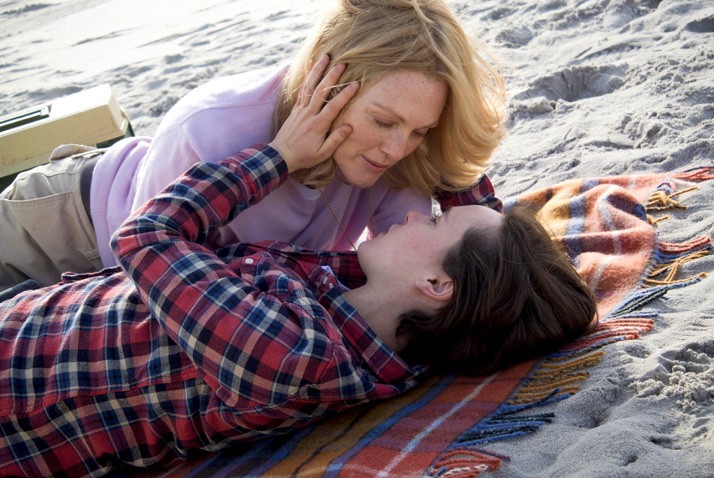Earlier this month, Oscar-nominated screenwriter Ron Nyswaner reignited a debate that has long been percolating in the LGBT community about our representation in media and entertainment. At the Vanguard Awards, Nyswaner, the writer of “Philadelphia” and “Freeheld,” had some pointed things to say about how the project had been “de-gayed.” He said the characters had been “turned into Lesbians with lower-case ‘l’ … because God forbid someone might think we were making a movie about a couple of dykes.” Nyswaner has since apologized to the film’s cast and crew for saying that the movie’s gay characters were “idealized” and “normalized,” but the discussion he reignited is nothing new.
The smoothing out and softening of LGBT culture and characters to be palatable to a mainstream audience (read: straight folks) is abundantly evident in recent and not-so-recent history. Think back to the groundbreaking film “Philadelphia” (also penned by Nyswaner). The 1993 drama was one of the first mainstream films to tackle AIDS, sexual orientation and homophobia. Yet, despite its compassionate depiction of a man who was dying from the disease, it is also famous for never showing its lead, Tom Hanks, kissing his partner, played by Antonio Banderas.
So then when will we stop tempering our queer characters? Our reasons for doing this have been multifold and not necessarily unfounded. Sometimes it has been out of fear of scaring away straight viewers, and sometimes it has been out of a desire to fight back against tired tropes. Sometimes both, sometimes more.
There is no question that we still have a considerable mountain to climb when it comes to depictions of queer characters because of concern for the bottom line. Movie studios continue to worship at the altar of straight white male heroes. That means that LGBT characters, women, people of color and all other “others” continue to be pushed to the periphery — if we’re present at all. But whatever the real — or perceived to be real — reasons more LGBT-themed films haven’t broken through to major box-office success, they can only be solved by presenting us as honestly as possible.
We need to continue to show our common humanity, and all that unvarnished complexity that our humanity brings. And while clichéd, ignorant and hateful stereotypes are never welcome, the concept of presenting our model selves is one that may finally be outmoded and unnecessary.
We can be messy. We can be sexual. We can be rough. We can be bad. When that is all we are, that is a problem — of course. But being relegated to just the sassy best friend or the sage sidekick isn’t doing us any favors, either. Neither are boring, bland LGBT characters in name only, placed there to check an imaginary box.
Some of the best shows on television today have broken through with full and fully-realized queer female characters. These aren’t neutered or self-censored roles. These are complicated, multi-faceted characters who have been given agency over their own lives. Think of all of the lesbian, bisexual and trans inmates on “Orange Is the New Black,” the multifaceted Annalise Keating on “How to Get Away with Murder,” those fabulous Fosters on “The Fosters” and those fabulously dysfunctional Pfeffermans on “Transparent.”
Folks are folks, no matter their letter in the LGBT alphabet of otherness. While there are still far too many other folks who will hate us simply for the letter (lower- or upper-case) we represent, there are just as many now who will be drawn to real, honest, interesting stories no matter what.
Dorothy Snarker is Women and Hollywood’s queer columnist. She writes at dorothysurrenders.com and is a regular contributor at AfterEllen.com. Also find her @dorothysnarker.







